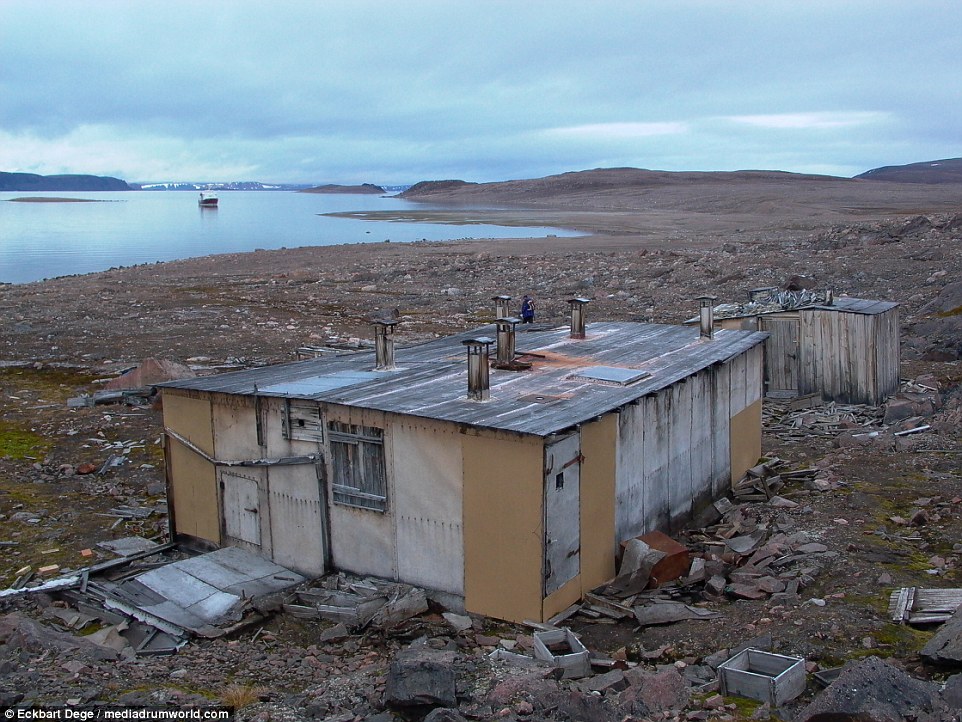
The weather station where 11 German soldiers were trapped, forgotten by the fallen Nazis.
Weather played an important role during the Second World War. It dictated the outcome of Naval battles and decided the routes of military convoys. Weather and visibility affected photographic reconnaissance and bombing raids. Much of D-day planning revolved around the weather, and the landing itself was delayed by 24 hours because of choppy seas. Weather information was so sensitive that it was transmitted encoded from weather stations.
By August 1941, the Allies had captured many weather stations operated by the Germans on Greenland and on Spitsbergen, in the Svalbard Archipelago in Norway. These stations were critical because the air over Svalbard told a lot about what was coming over the North Atlantic and continental Europe. Spitsbergen was an especially important location as it enabled the Germans to monitor weather conditions on the Allied convoy route to northern Russia.
Svalbard Archipelago lies in the Arctic Ocean about a thousand kilometers from the North Pole. This frozen wasteland was first used as a whaling base in the 17th and 18th centuries, after which it was abandoned. Then coal mining began, which led to the establishment of several permanent communities. When Norway came under German occupation in 1940, the Nazis took control of the oil fields and the weather stations there. At that time the Soviet Union had not entered the war. But this changed once Germany invaded the Union in July 1941. At once, the United Kingdom and Canada sent military forces to Svalbard to destroy German installations and their weather stations.

The approximate location of the weather station of Operation Haudegen. Political map of Svalbard by Peter Hermes Furian/Shutterstock.com
The Germans made many attempts to set up weather stations on Spitsbergen, but all failed or fell to the Allies. In October 1941, the Nazis established a reporting station in Spitsbergen, but this was chased away by British warships the following month. A second station was established at Ny Alesund in 1941 and remained in operation for a year until this too was evacuated.
In September 1944, the Germans set up their last weather station, code named Operation Haudegen, on Nordaustlandet, one of the most remote and northerly of the main islands in Svalbard. A U-boat and a supply vessel deposited eleven men, along with equipment, arms, ammunitions and supplies on the island and hurriedly retreated back to Norway before they could be discovered by Allied warships. The men set up the weather station and erected two inconspicuous flat-roofed huts using wooden panels and camouflaged with white nets.
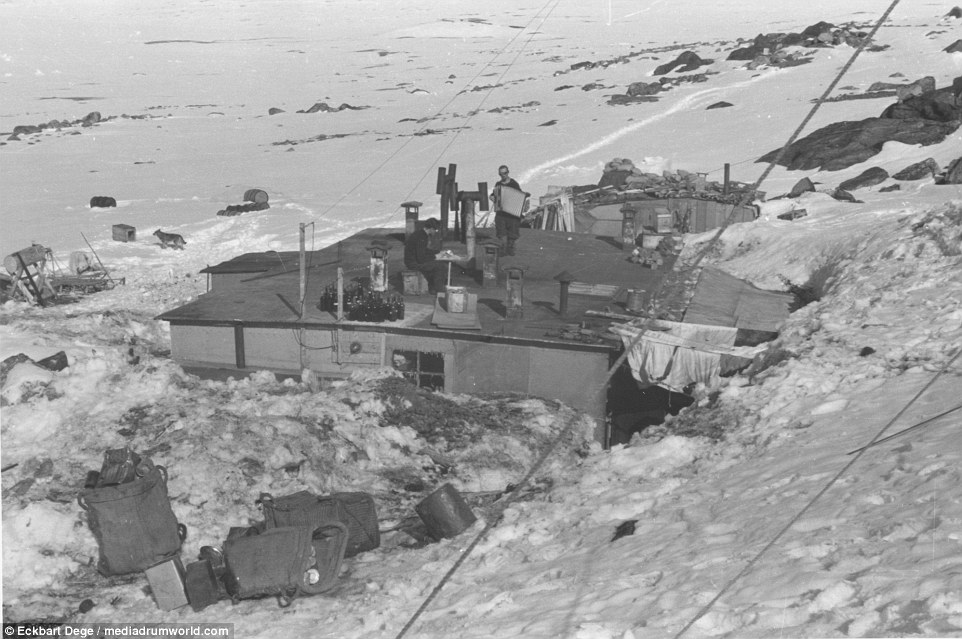
Photo: From the archive of Wilhelm Dege
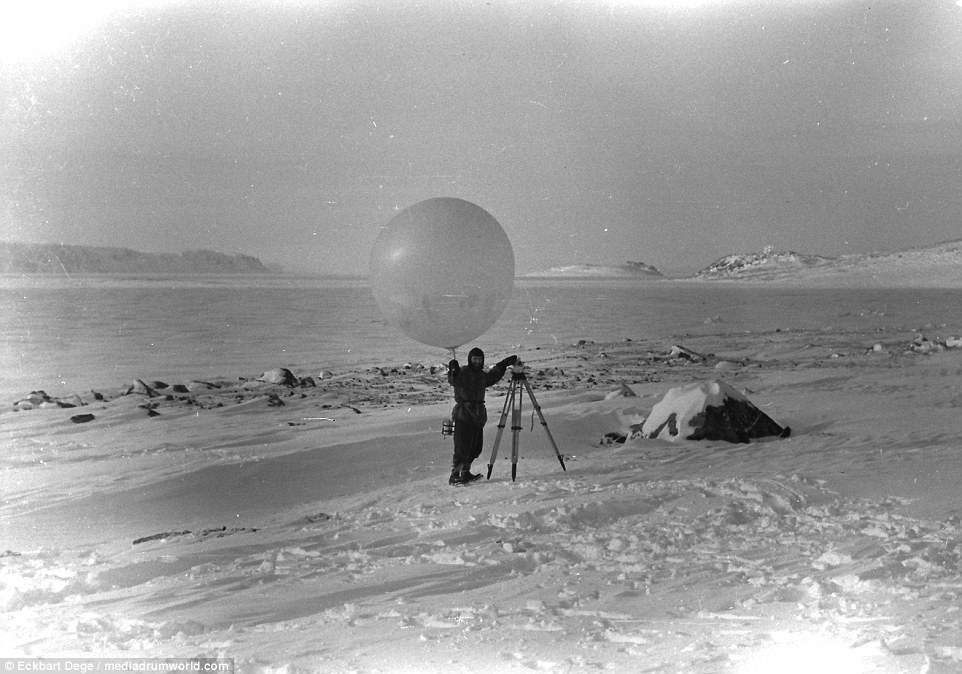
Photo: From the archive of Wilhelm Dege
Operation Haudegen started in December 1944. Five times a day, the station transmitted encrypted weather forecasts to the German naval command at Tromsø. In addition, once a week, they sent a hydrogen-filled weather balloon to 8,000 meters to obtain data from the upper atmosphere. The remaining time was spent exploring the island and learning about science, geography, philosophy and mathematics from the leader of the expedition, Dr. Wilhelm Dege. The young men built a sauna and helped themselves to the ample food supplies, enjoying delicacies like reindeer meat which most Germans at that time could only dream of in their bomb cellars.
Siegfried Czapka, the 18-year-old radio operator, told the German magazine Der Spiegel in 2010: “It was an unforgettable experience; we had everything but beer."
But of course, life in the Arctic was harsh. Temperatures went well below freezing, there were snow storms and daylight was scarce. Polar bears were another threat. The men had to carry rifles with them every time they went outside. The men had been given rigorous training to deal with the hardship. They learned to ski, rappel down cliffs, build igloos, cook and bake, pull teeth, attend to gunshot wounds, and even amputate frozen limbs.
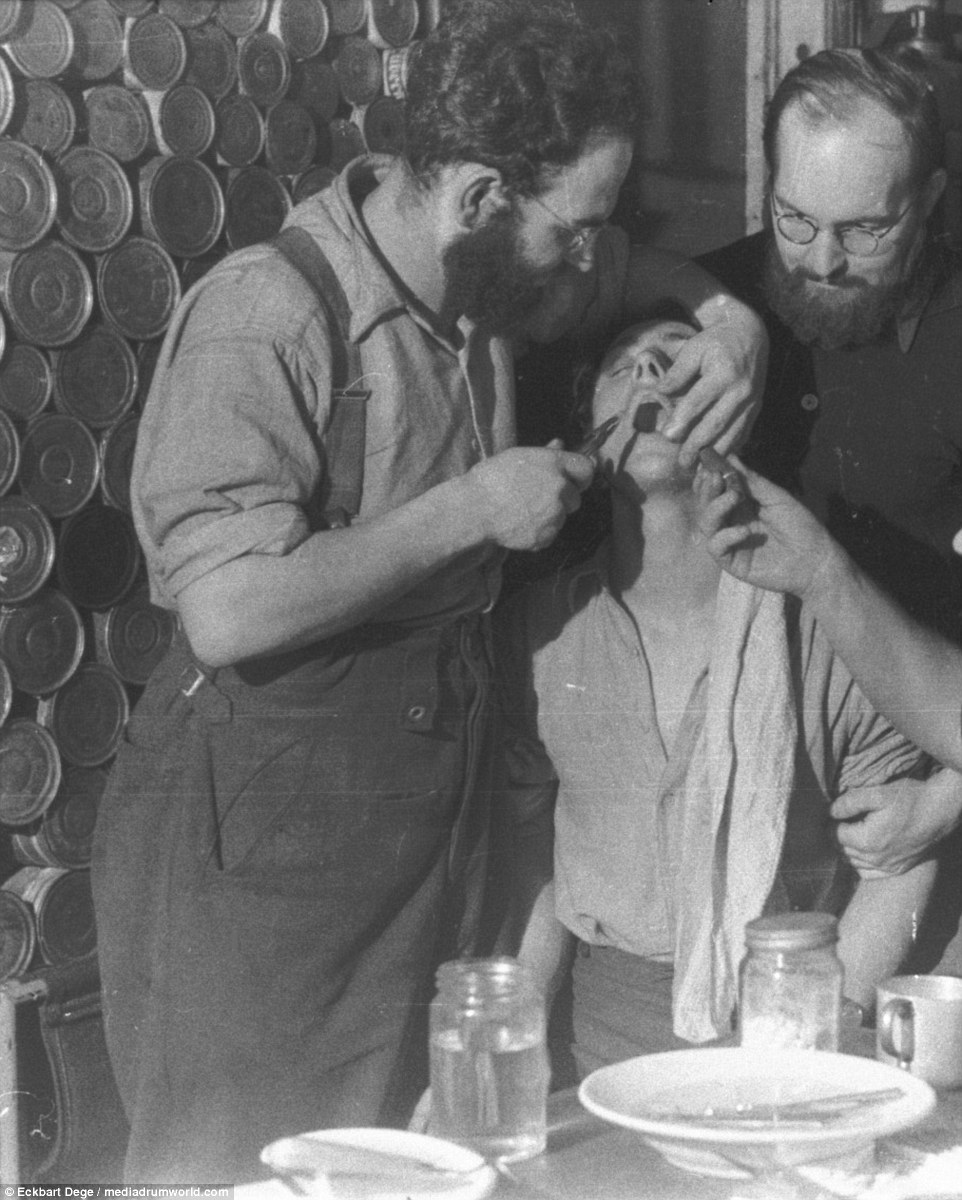
A member of the weather station pulls an infected tooth of a colleague. Photo: From the archive of Wilhelm Dege
On May 8, 1945, the men received a message from their commanders in Tromsø that Germany had surrendered and the war was over. They were ordered to dispose of explosives, destroy secret documents and send weather reports unencoded. Then there was complete radio silence. The men tried contacting base but there was no reply. They started transmitting their coordinates on the wave lengths the Allies used but no ship or aircraft appeared. The men had two years worth of ration, but the idea of getting stuck on ice for any amount of time held little appeal. The men worried about their families back in Germany, whether they were still alive or killed by air raids. In desperation, they started transmitting on Allied distress channels.
Towards the end of August, a reply was received. Norwegian authorities assured the stranded men that a ship would set sail for Spitsbergen in early September. Their joy was boundless when on the night of September 3rd and 4th, a vessel arrived in the fjord near the weather station. It was a seal-hunting ship that was chartered by the Norwegian navy in order to pick up the Germans.
The Norwegians came ashore and they all had a big celebratory meal together. Then the commanding officer of the Germans formally surrendered—four months after the war ended—by handing over his service pistol to the Norwegian captain.
"The Norwegian stared at it and asked ‘Can I keep this then?’”, recalled Dr. Eckhard Dege, the son of Wilhelm Dege, the commanding officer. “My father explained that he could because they were surrendering.”
The men were taken to Tromsø where they became prisoners of war for three months. In December 1945, they returned to their homes, to a divided country. Some found themselves on East Germany, others on the West. The men of the unit tried to meet each other, but it became impossible due to the tensions between East and West Germany. It was only 60 years after the incident, that two of the survivors were reunited for a trip to the island.
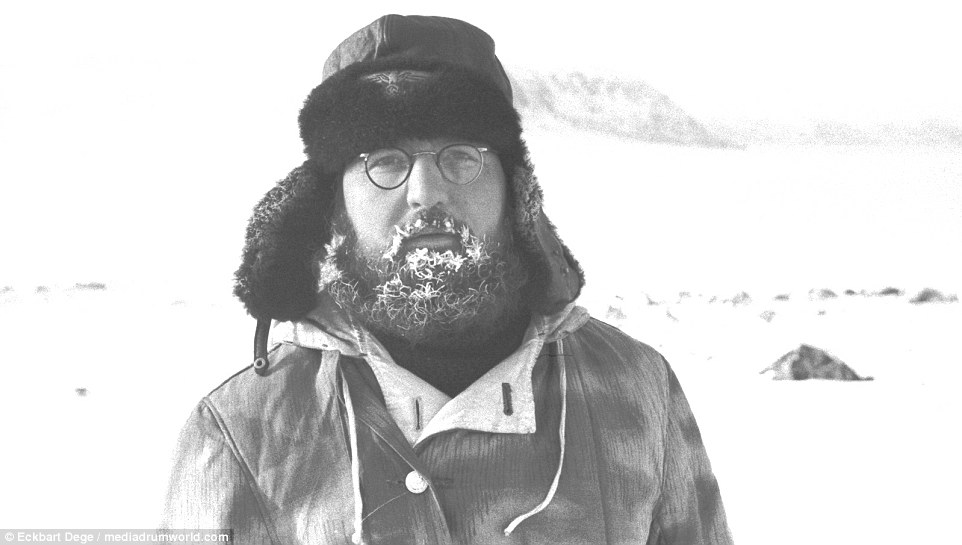
Geologist Wilhelm Dege, head of Operation Haudegen. Photo: From the archive of Wilhelm Dege
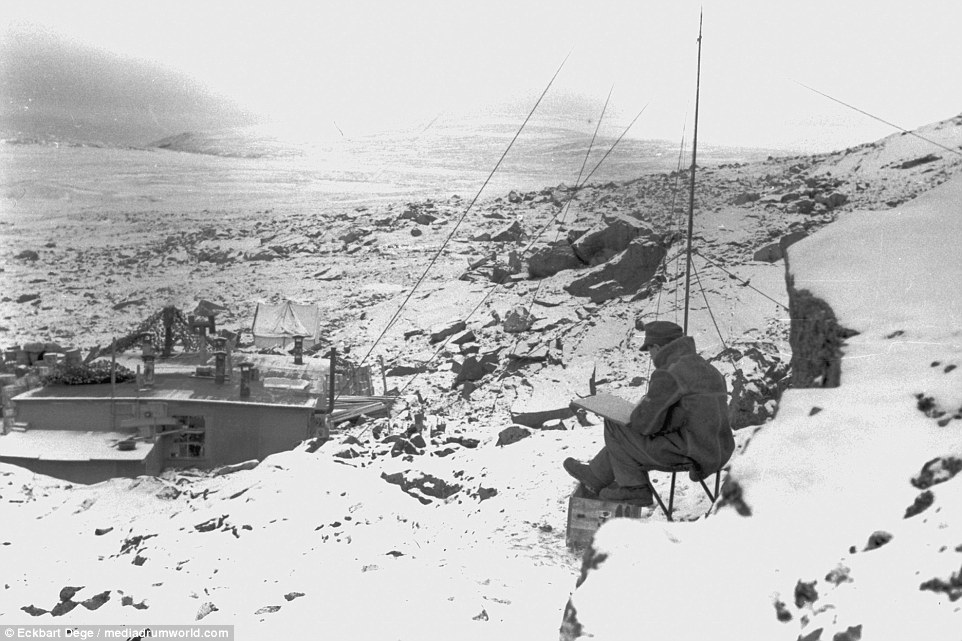
Photo: From the archive of Wilhelm Dege

Photo: From the archive of Wilhelm Dege
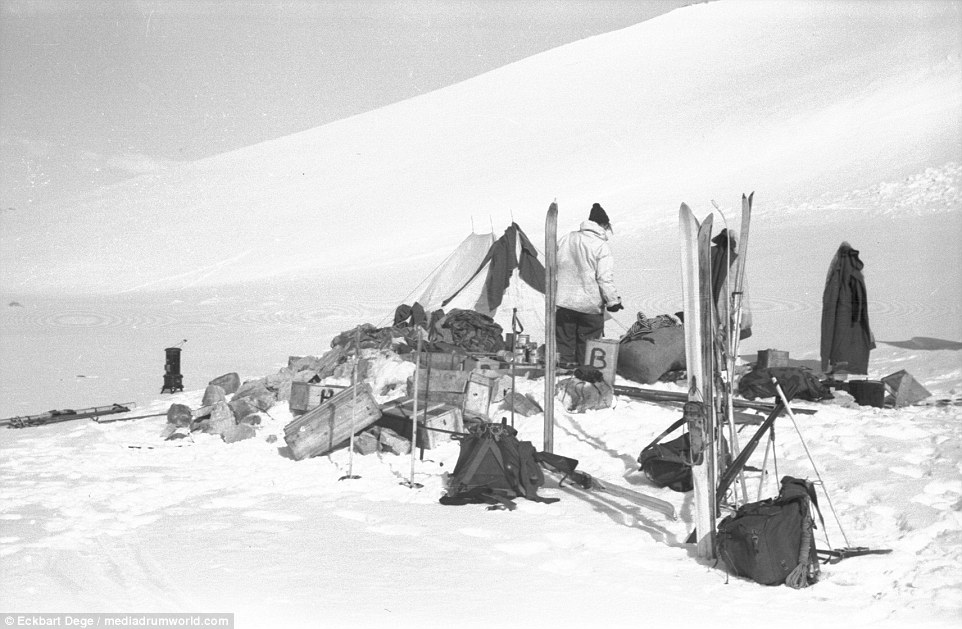
Photo: From the archive of Wilhelm Dege
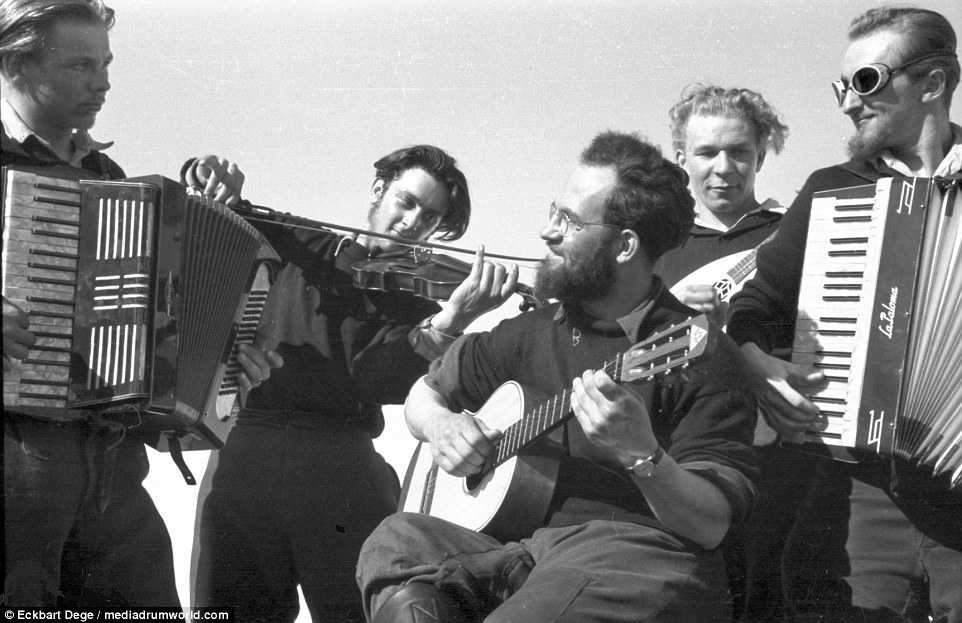
Soldiers kill time with music. Photo: From the archive of Wilhelm Dege
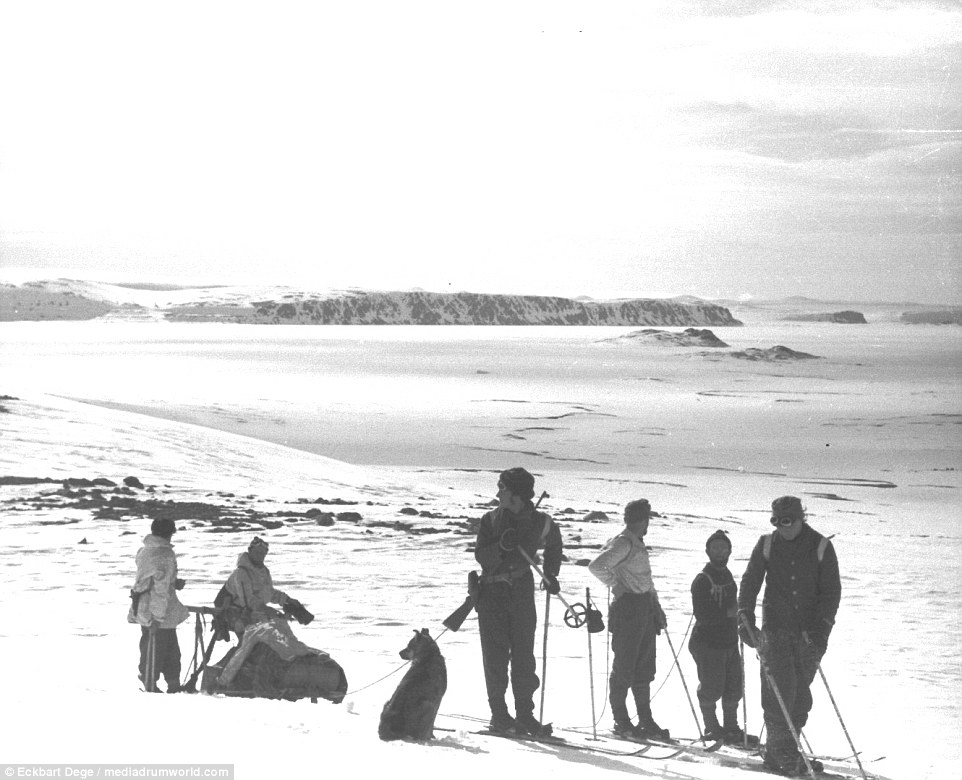
Photo: From the archive of Wilhelm Dege

The men celebrate Christmas in 1944. Photo: From the archive of Wilhelm Dege
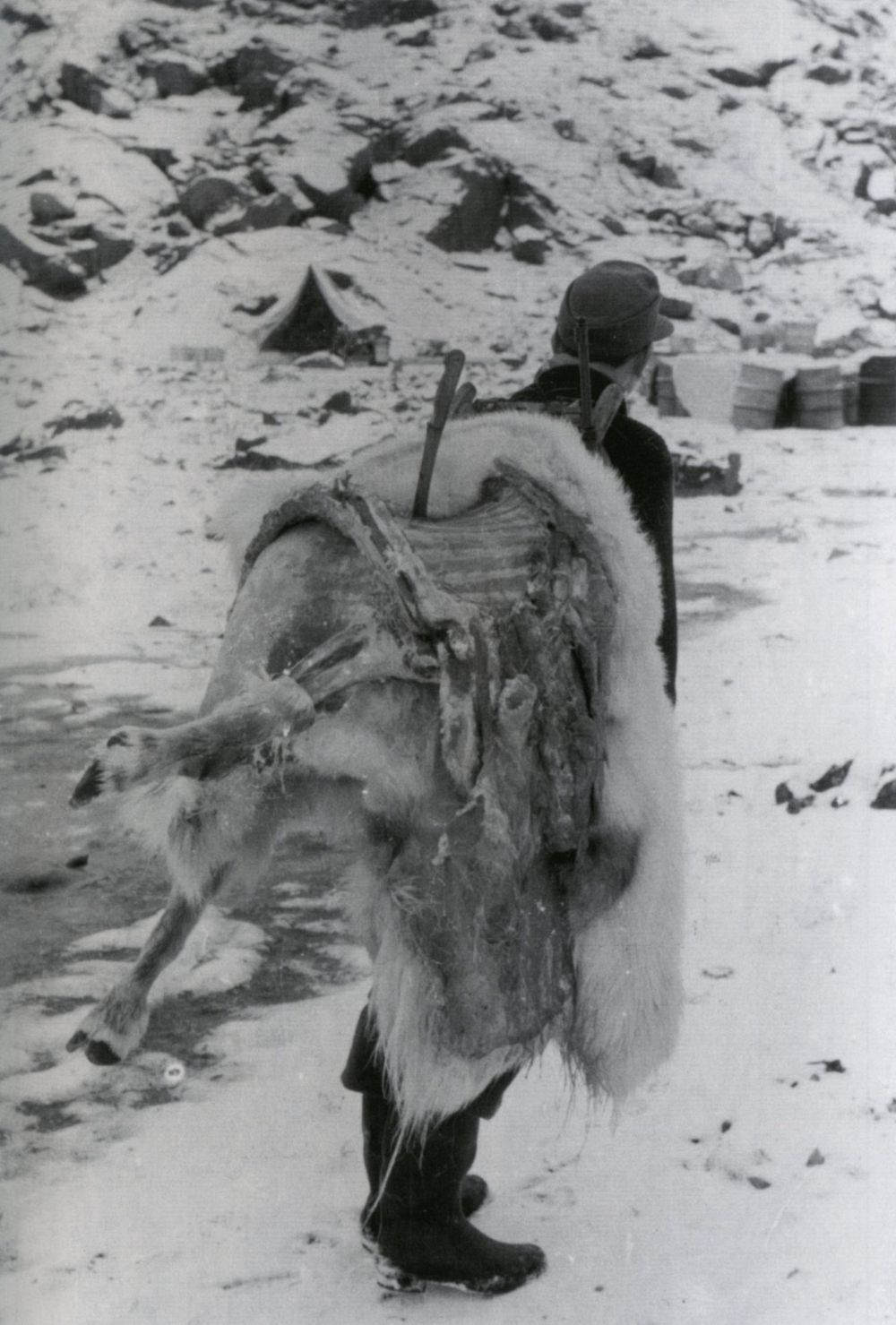
A man returns with a slain reindeer. Photo: From the archive of Wilhelm Dege

A member of the weather station with a slain polar bear. Photo: From the archive of Wilhelm Dege

Photo: From the archive of Wilhelm Dege
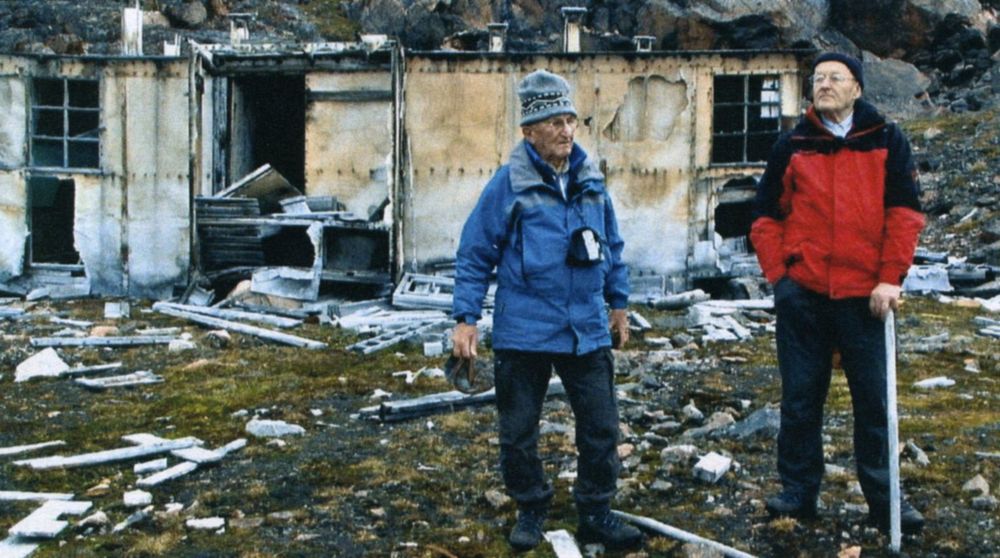
In 2004 Siegfried Czapka (right) returns to the old weather station on North East Land, Spitzbergen together with a colleague. Photo: Siegfried Cap
References:
# Spiegel, https://www.spiegel.de/geschichte/kriegsende-in-der-arktis-a-946659.html
# The Scotsman, https://www.scotsman.com/news/world/surrender-the-last-germans-to-give-up-1-1400530
# Traces of War, https://www.tracesofwar.com/articles/4740/Operation-Haudegen.htm



Comments
Post a Comment